Jump to:
- Outstanding waterway management category
- Innovation in waterway management category
- Involving community in waterway management category
- Building knowledge in waterway management category
- Advancing waterway management through graduate research category
- Aboriginal and Torres Strait Islander knowledge and practice in waterway management category
Outstanding waterway management project
| Our strategic future: Victorian Waterway Physical Form and Processes Framework | Cudgewa Creek Fishway Design and Construction | Melbourne Sediment Ponds Rapid Bathymetry Survey and Desilting Prioritisation | |||
| Streamology, Department of Environment, Land, Water and Planning, Professor Ian Rutherfurd, Dr James Grove | North East Catchment Management Authority, The Victorian Department of Environment, Land, Water and Planning, Traditional Owners, Water Technology, Ivor Stuart, Victorian Fisheries Authority (VFA), Arthur Rylah Institute | Water4Good, Melbourne Water Service Delivery and Asset Management Services Teams, Carew Environmental, WaterInsites, Water Technology | |||
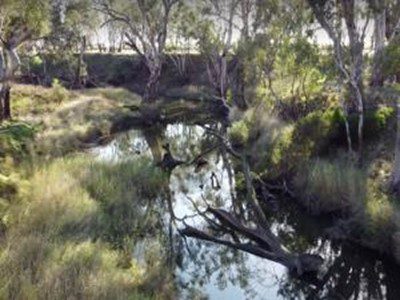 |
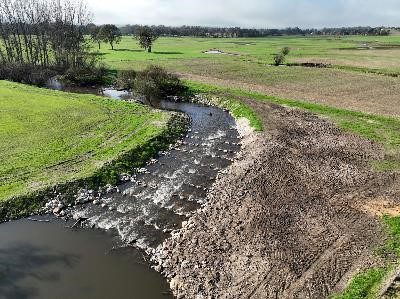 |
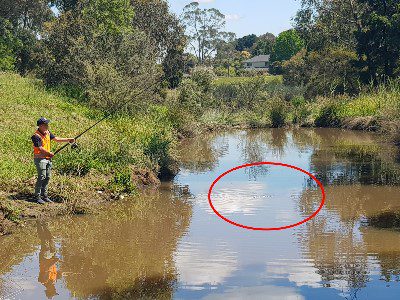 |
|||
| Outstanding waterway management projects are not only those that align with strategies and guidance, they set the new paradigm for them. The Victorian Waterway Physical Form and Processes Framework is a strategic document outlining the principles, linkages and tools for our waterway future. Click here for more info. | The Cudgewa Creek Fishway project involved the design and construction of a suitable fishway arrangement following the 2019-2020 ‘Black Summer’ bushfires. The project provided unimpeded fish passage for all species of native fish from the Murray River upstream into Cudgewa Creek. Click here for more info. | Ensuring Greater Melbourne sediment ponds are cleaned out is critical to maintain its function and protect our waterways and bays from sediment and its associated pollutants. A novel rapid bathymetry assessment informing desilting programs prioritisation across an asset base of 580 sediment ponds. Click here for more info. | |||
| Mary River recovery | Toorale Water Infrastructure Project | ||||
| Alluvium Consulting, Mary River Catchment Coordinating Committee, Burnett Mary Regional Group, Seqwater, Sunshine Coast Council | Alluvium Consulting, NSW Department of Planning and Environment, NSW Public Works, Toorale Joint Management Committee (which includes the NSW National Park and Wildlife Service and the Kurnu-Baakandji People), NSW Department of Primary Industries (Fisheries) | ||||
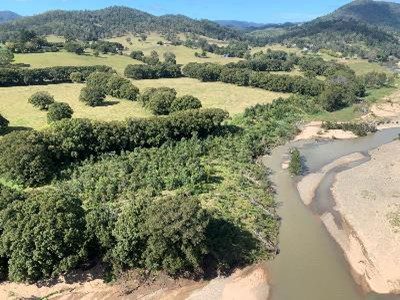 |
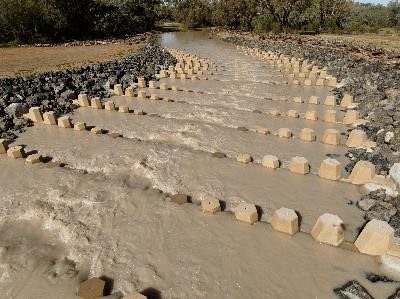 |
||||
| Alluvium, Mary River Catchment Coordinating Committee, Burnett Mary Regional Group, Seqwater and the Sunshine Coast Council have worked together to restore almost 5 km of Mary River frontage. This has led to a significant improvement in river health. Click here for more info. | The Toorale Water Infrastructure Project involved the design and construction of a series of fishways, improving flow capacity and providing passage for native fish species on the Warrego River in Toorale National Park and State Conservation Area, near Bourke NSW. Click here for more info. | ||||
Innovation in waterway management
| Making the case for alternative water as an environmental water source | Koondrook Weir Fishway | Johnstons Creek Naturalisation | |||
| Streamology, Melbourne Water | North Central Catchment Management Authority, Department of Environment, Land, Water and Planning (DELWP), Goulburn Murray Water (GMW), Victorian Environmental Water Holder (VEWH), Jacobs, Arthur Rylah Institute, KarlTek, S&R Construction, Barapa Barapa nation | Sydney Water, Diona Pty Ltd, Thompson Berrill Landscape Design Pty Ltd | |||
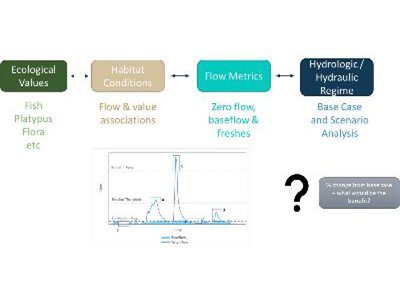 |
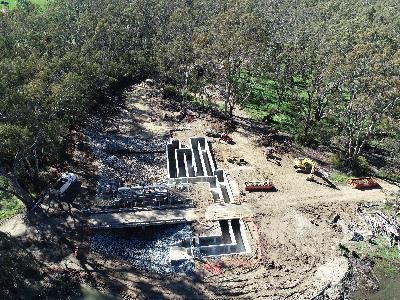 |
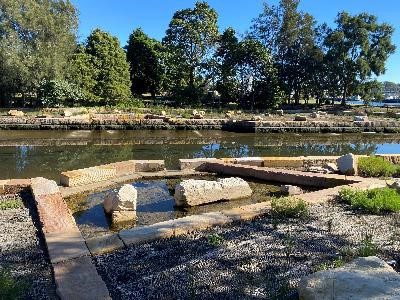 |
|||
| We developed a method to quantify waterway health benefits from increased environmental flow compliance through the use of alternative water sources. This innovation is a new idea and a repeatable and defensible method, tested on the Werribee River, to quantify benefits for economic calculations. Click here for more info. | For a century Koondrook Weir was a barrier to native fish migration, Koondrook Fishway now connects 140km of habitat in Gunbower Creek for the benefit of native fish recovery. Innovative design and construction methods were applied to succeed in a challenging and culturally sensitive environment. | Johnstons Creeks’ decaying concrete banks are gone, replaced with innovative naturalised stabilised banks, native plants, sandstone walls, meandering rock channel and tidal pools, creating an asset life of over 150 years, which now supports a vibrant estuarine, ecological and cultural environment. Click here for more info. | |||
| Modelling the social and economic value of river flows in Geelong | Pillars Crossing Fishway – Dandenong Creek | Reimagining Tarralla Creek – A waterway transformation project | |||
| RM Consulting Group (RMCG), Corangamite Catchment Management Authority (CMA), Hydrology and Risk Consulting (HARC) | Melbourne Water, Greenworks, Alluvium, Arthur Rylah Institute | Melbourne Water, GHD, Maroondah City Council, DELWP | |||
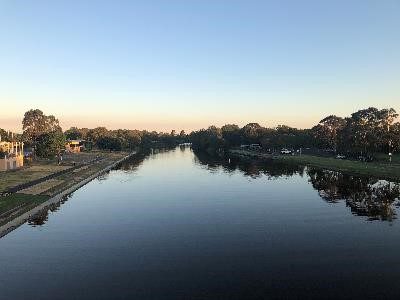 |
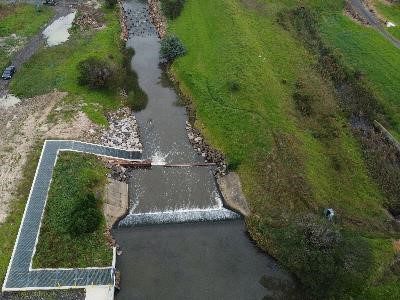 |
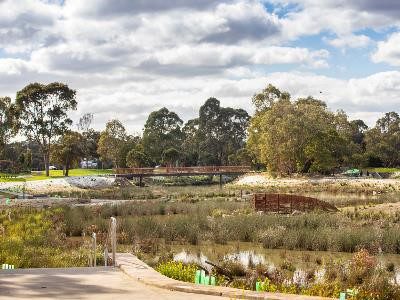 |
|||
| This novel approach used a combination of hydrological, water quality and socio-economic modelling to examine the value that the Barwon and Moorabool Rivers provide to the community of Geelong, and the importance of river flows to supporting these values under a range of climate scenarios. Click here for more info. | An innovative project allowing for native fish to migrate between Port Phillip Bay and the Dandenong Creek Catchment. This is the first fishway that incorporates the construction of both a rock fishway & a cone fishway within the same location, and is the largest cone fishway in southern Australia. Click here for more info. | Daylighting Tarralla Creek has created a health and “wellness heart” for Croydon by providing a wetland and a series of paths, boardwalks and crossing points that connect the community to water, biodiversity and activated open space for improved wellbeing outcomes. Click here for more info. | |||
Involving community in waterway management
| East Barwon River Willow Removal and Restoration Project | Heyfield Wetlands: a story of community turning a wasteland into a showcase | Small fish, big impact – partnering to recover threatened fish in urban waterway | |||
| Barwon Water (Barwon Region Water Corporation), Local landowners, Alluvium Consulting, Corangamite Catchment Management Authority (CCMA), Department of Environment, Land, Water and Planning | Heyfield Wetlands Committee of Management, Gippsland Lakes Coordinating Committee (GLCC), Heyfield Lions, West Gippsland CMA (WGCMA), East Gippsland CMA (ECGMCA), Gippsland Water, Southern Rural Water, Victorian Environmental Water Holder (VEWH) |
North Central Catchment Management Authority, City of Greater Bendigo, Native Fish Australia, Australia New Guinea Fishes Association | |||
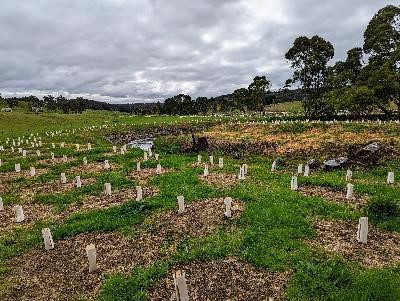 |
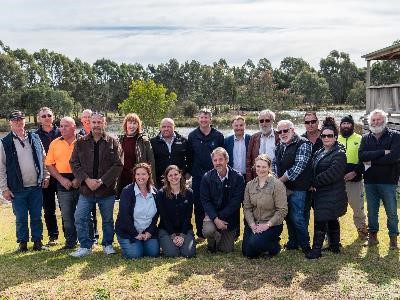 |
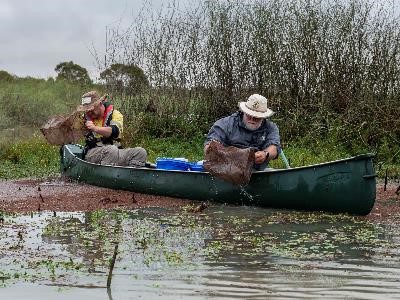 |
|||
| Through targeted engagement and collaboration with a wide range of stakeholders, Barwon Water is coordinating a project to rehabilitate a 4 kilometre section of the East Barwon River to support water security and waterway health. Click here for more info. | This is the success story of a passionate community with infectious enthusiasm. The Heyfield Wetlands Committee harnessed enormous community support to create a treasured local space and ecological asset. After decades of work to restore and now water the wetlands, the wetlands are flourishing. Click here for more info. | Photo credit: Doug Gimesy
A strong partnership between government, native fish groups, 10 community groups and 20+ landholders has created breeding programs; enhanced habitat in urban waterways; established thriving populations of two Threatened fish species; and raised public awareness about their threats and conservation. |
|||
| Gov science providing scientific foundation to direct Citizen Science program. | Reimagining Your Creek – Blind and Arnolds Creeks | ||||
| NSW Government Department of Planning and Environment and OzGREEN, Bellingen Shire Council, Vincent Fairfax Foundation, Healthy North Coast | Alluvium Consulting, Melbourne Water, REALMstudios | ||||
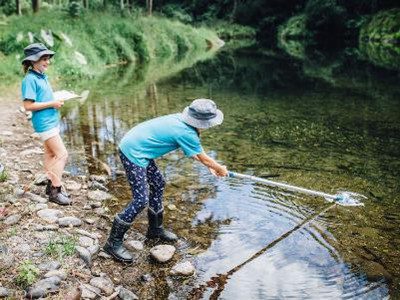 |
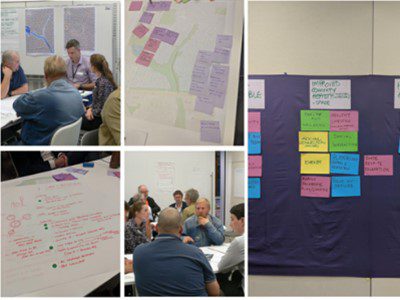 |
||||
| Community response to critically endangered turtle population initiates NSW Gov to develop a long-term community-government-based river monitoring program. Resulting in the development of the Bellinger Riverwatch citizen science monitoring program in conjunction with a Gov monitoring program. Click here for more info. | The Melbourne Water Reimaging Your Creek program embraced a collaborative approach to transform stormwater drains into natural spaces. The approach empowered the Arnolds and Blind Creek communities by giving them an opportunity to influence the decision-making during planning and development stages. Click here for more info. | ||||
Building knowledge in waterway management
| Managing boat activity: A novel River Murray drone study with broad implications | Building Knowledge of Polystyrene Pollution in the Birrarung (Yarra) River | Ecological Response Assessment Framework – Alternative water sources for EFlows | |||
| Streamology, NSW Soil Conservation Service (SCS), NSW Department of Planning and Environment (DPE), Murray Darling Basin Authority (MDBA) | Yarra Riverkeeper Association, Cleanwater group, Department of Environmental, Land, Water and Planning (Victorian Government), Parks Victoria | GHD Pty Ltd, RMIT AQUEST | |||
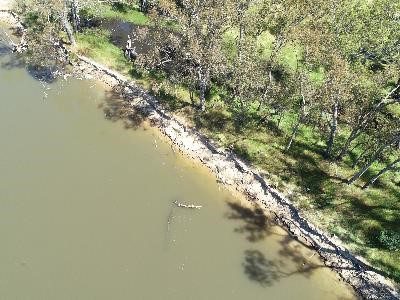 |
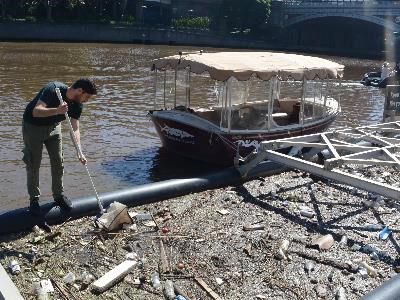 |
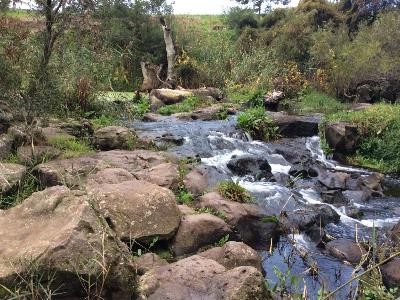 |
|||
| World first study using drones to assess bank erosion from sub-daily movements of boats and river operations. The approach signals a new phase of monitoring using drones to build knowledge and improve management of river operations and recreation, preserving ecological, community and cultural values. Click here for more info. | The Yarra Riverkeeper’s polystyrene pollution project (phase 2) built the state of knowledge of polystyrene pollution in the Yarra, Birrarung River by quantifying the relative contribution of potential sources of pollution and identifying solutions that should be implemented to reduce pollution. Click here for more info. | The Ecological Response Assessment Framework – for the assessment of water sources for environmental flows is an integrated hydrological and water quality assessment to determine the suitability of recycled water and stormwater to supplement environmental flow shortfalls. | |||
| Adaptive management in action: Victorian Waterway Management Strategy Review | Hydraulic modelling of pile field bank stabilisation to improve design | Optimising riparian buffer width for the timber industry and aquatic environment | |||
| RM Consulting Group (RMCG), Victorian Department of Environment, Land, Water and Planning (DELWP), Dr Tamara Boyd, Dr Sandra Brizga, Professor Barry Hart, Professor Ian Rutherfurd | Alluvium Consulting, Australian Government’s Reef Trust (Department of Climate Change, Energy, the Environment and Water), Great Barrier Reef Foundation, HydroNumerics Pty Ltd | Jacobs, Alluvium, The Department of Land, Water, and Planning (DELWP), VicForests | |||
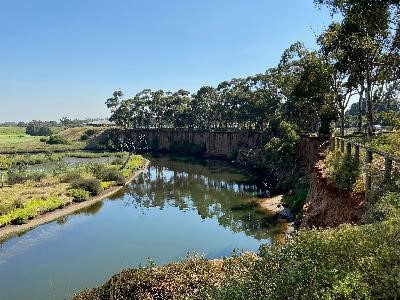 |
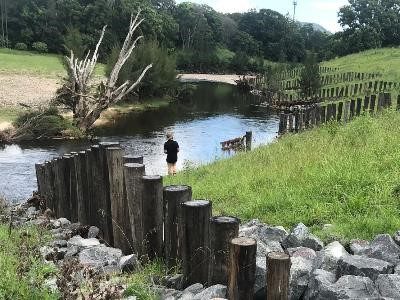 |
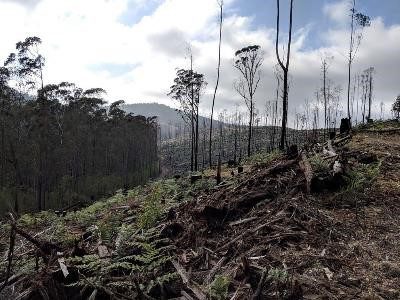 |
|||
| In 2021, DELWP commissioned an independent review of the 2013 Victorian Waterway Management Strategy, as part of the strategy’s adaptive management cycle. Led by RMCG, the review was highly successful, uncovering insights that will fundamentally shape the future of waterway management in Victoria. Click here for more info. | This project combined the latest river restoration science with advanced hydraulic modelling to explore improvements to the design of timber pile field groynes. The outputs of the study will result in more cost-effective sediment reduction programs that improve the health of the Great Barrier Reef. | We quantitatively assessed the effectiveness of riparian buffers in limiting connection between eroding areas in forestry coupes and streams. We found connectivity risk is predictable based on mappable landscape features. We use this to create a framework for optimising buffer widths across Victoria | |||
Advancing waterway management through graduate research
| How wide, how much: An economic/ecological tradeoff model for riparian buffers | Improving knowledge of geomorphology and river diversion design in the Pilbara | ||||
| James Malcher, Deakin University, Corangamite CMA, Barwon Water | Alissa Flatley, University of Melbourne, BHP Billiton Ltd (Iain Rea), ANSTO, AINSE | ||||
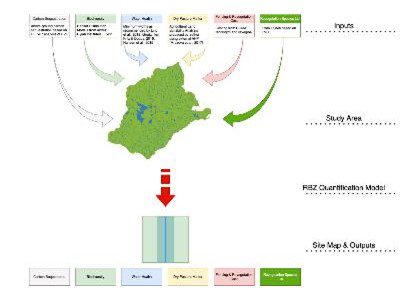 |
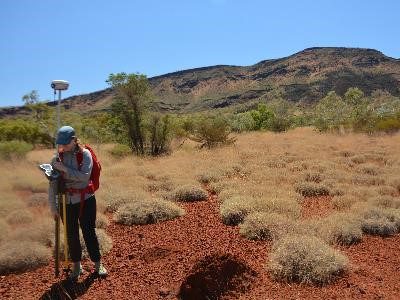 |
||||
| Vegetated riparian buffer zones are widely regarded as a best-practice strategy for protecting waterways. This project models the ecological and economic outcomes when land adjacent to waterways shifts from pasture to revegetated riparian buffer. | Alissa’s PhD graduate research investigated river diversions, a widely underrecognized human impact on rivers. Alissa’s research created the first comprehensive geomorphic study of headwater channels in the Pilbara, generating a series of guideline hydraulic values for different channel types. |
Aboriginal and Torres Strait Islander knowledge and practice in waterway management
| Healthy Coorong, Healthy Basin – First Nations Partnerships Project | Building capacity and Healing Country through Bushfire Recovery | Healing Geboor through Wurundjeri Wiiñ | |||
| Department for Environment and Water, Ngarrindjeri Aboriginal Corporation, South East Aboriginal Focus Group (through the Burrandies Aboriginal Corporation) | Gunaikurnai Land and Water Aboriginal Corporation, Victorian Department of Environment, Land, Water and Planning (DELWP), Parks Victoria, GHD Pty Ltd | Melbourne Water, Wurundjeri Woi-wurrung Narrap Unit, Forest Fire Management Victoria – Department of Land Water and Planning, Parks Victoria | |||
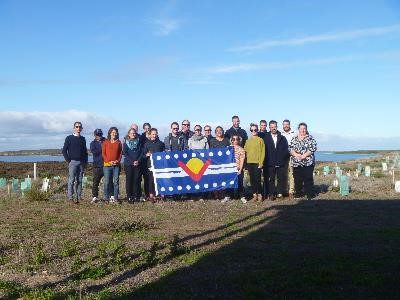 |
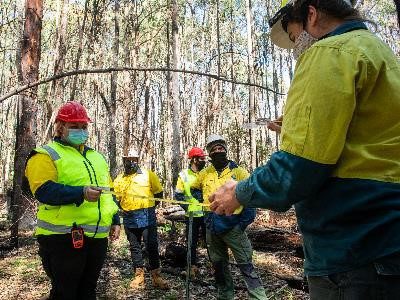 |
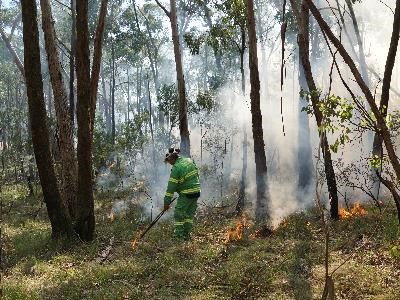 |
|||
| The Healthy Coorong, Healthy Basin First Nations Partnerships Project established best practice partnerships with Ngarrindjeri and First Nations of the South East to ensure long-term management solutions for the Coorong are designed with First Nations to protect and promote culture and heritage. Click here for more info. | GLaWAC created a dedicated Bushfire recovery crew working across Country, monitoring the impacts of fire and the recovery of species that are significant for our culture and our people. With support of Elders and ecologists, the crew gain knowledge of Country and shape land management practices. Click here for more info. | A collaboration between the Wurundjeri Woi-wurrung Narrap Unit and Melbourne Water to deliver a multi-year restoration project of the headwaters of Riddells Creek. The Narrap Unit have played a lead role in the scoping, methodology, delivery and monitoring of this project. Click here for more info. | |||
| The Central & Gippsland Sustainable Water Strategy Traditional Owner Partnership | Partnering with Traditional Owners to Restore Birarrung Billabongs | ||||
| Department of Environment Land Water and Planning, Bunurong Land Council Aboriginal , Gunaikurnai Land and Waters Aboriginal Corporation, Wadawurrung Traditional Owners Aboriginal Corporation, Wurundjeri Woi-wurrung Heritage Council Aboriginal Corporation | Melbourne Water, Wurundjeri Woi-wurrung, Narrap Rangers Unit, The University of Melbourne | ||||
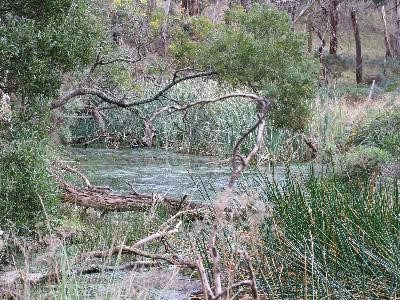 |
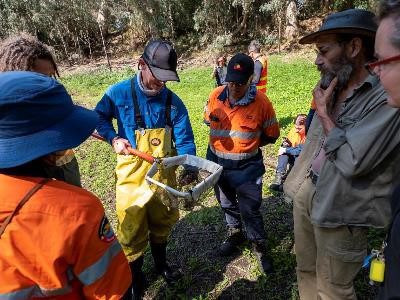 |
||||
| The Sustainable Water Strategy was developed in partnership with the Gunaikurnai, Bunurong, Wadawurrung & Wurundjeri Woi-wurrung Traditional Owners. The Partnership sought to realise cultural objectives & amplify First Nations People’s voice through a restorative justice approach. Click here for more info. | Urban billabongs are sites of high ecological and cultural value, yet are often highly degraded. This project seeks to restore billabong health through improved watering regimes with ecological responses monitored by Traditional Owners. On Country knowledge sharing informs billabong management. Click here for more info. | ||||
